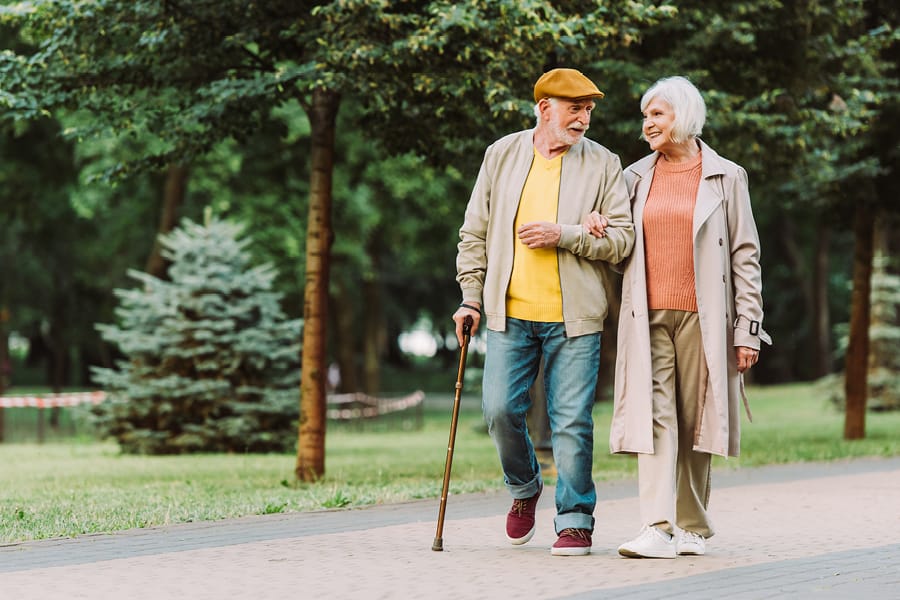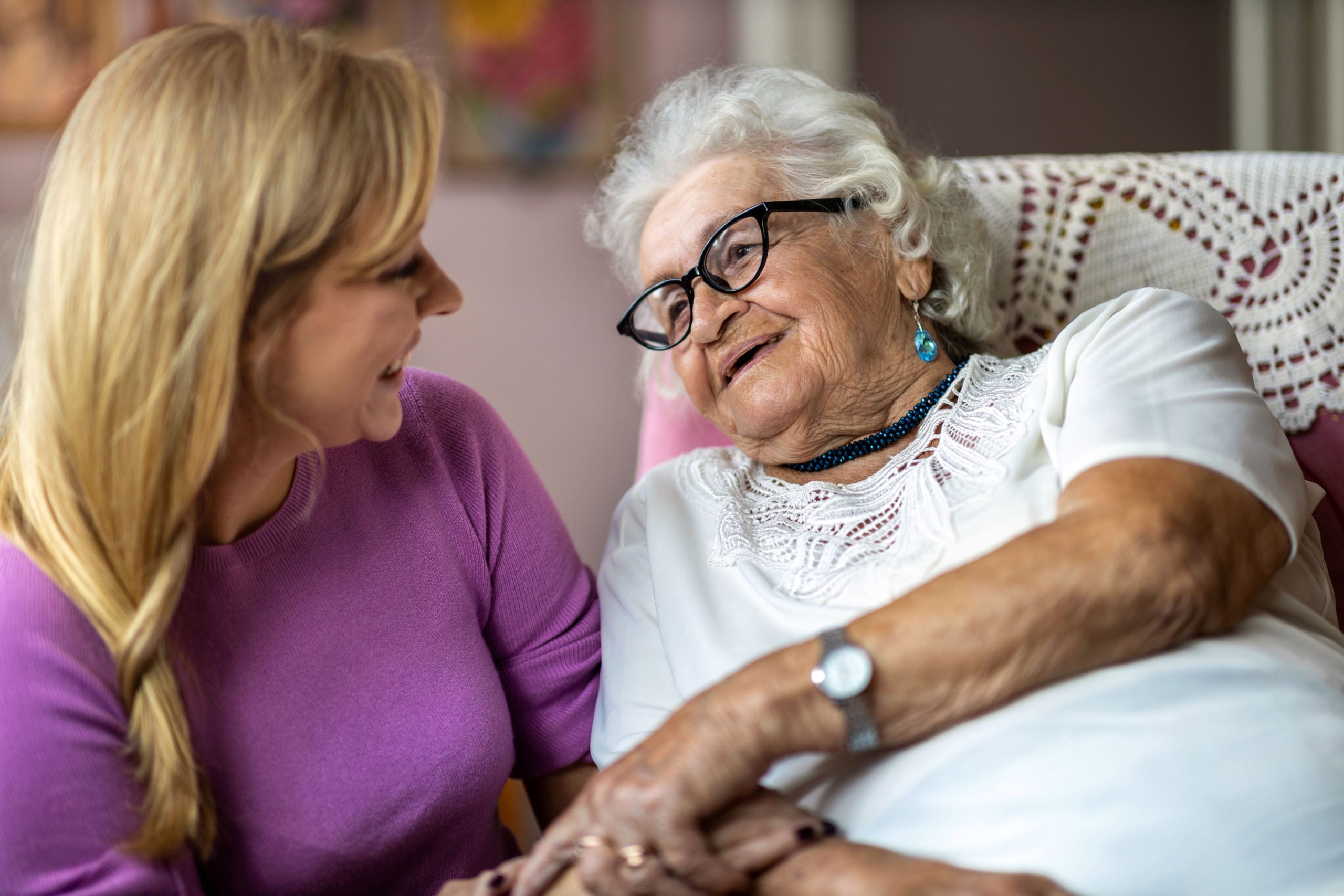As individuals age, one of the most significant challenges they face is the increased risk of falls. This issue poses serious concerns for their health and independence. Nationally, about 1 in 3 adults over 65 and half of those over 80 in the UK experience at least one fall each year, according to the NHS. These falls in older people can lead to considerable physical and emotional consequences, impacting their overall quality of life.
The Impact of Falls on Older Adults
Falls have a big impact on older people’s lives, often affecting their health and how independently they can live. According to the NHS, falls are the most common reason for injuries in older adults in the UK. These falls can lead to serious problems, like hip fractures, which usually need hospital care.
The World Health Organization points out that falls are a major reason for accidental injuries and deaths worldwide. The fear of falling again can also make older people less active, which can worsen their health and affect how happy and comfortable they feel in their daily lives.
What Causes Falls in Older People?
There are several factors that can lead to falls in older adults. Balance issues and muscle weakness can make it difficult for some people to stay steady on their feet, increasing the risk of falls. Vision loss also plays a significant role, as aging eyesight can make it harder to detect potential hazards. Chronic conditions like heart disease or low blood pressure, known as hypotension, can lead to dizziness and brief losses of consciousness, further elevating the risk.
Environmental factors are equally important. Wet floors, unsecured rugs, and cluttered spaces create hazardous conditions indoors, making seniors more prone to slipping and falling – potentially leading to a nasty fracture.
But it’s not just indoor environments that pose a risk; activities like reaching for high objects or climbing ladders can also be dangerous, particularly for older individuals. Understanding the various causes of falls is essential for implementing effective prevention strategies and ensuring the safety of older adults.
Prevention of Falls In Older People
Luckily, most falls in older people are preventable, and there are many proactive steps we can take to minimise the risk. Heading up our award-winning training program is Jo Cleary, our Learning and Development Manager. She has expertly crafted an easy-to-follow approach for fall prevention. Each tip corresponds to a different letter in the word PREVENT offering practical ways for seniors and their caregivers to create safer homes and lessen the risk of falls.
P is for Prepare Your Home and Outdoor Areas: Organise your living space to minimise climbing, stretching, and bending. Avoid tasks like going up stepladders – a common culprit of many falls. Hiring a professional for home maintenance tasks can be safer as we age.
Also, keep your home at a comfortable temperature to prevent muscle weakening. In the garden, make sure paths are clear of obstacles like wet leaves and grit. Make use of practical technologies like falls alarms and lifelines to call for immediate help if falls occur. AskSARA, is an accessible online tool available through your local authority and is also great for guiding you towards products and tips for staying safe and independent at home.
R is for Remove Clutter and Trip Hazards: Tidy up your living space to prevent trips and falls. Secure or remove trailing wires and rugs, and replace worn carpets. A clutter-free environment is really important to reduce the likelihood of accidental falls and make your home safer and easier to navigate.
E is for Exercise: Maintain mobility and increase muscle strength by taking part in regular physical activity. Tai chi, with its focus on balance and coordination, is particularly good for fall prevention but any exercises to improve your strength and balance can be helpful. Before beginning any sort of exercise program, remember to consult a healthcare professional to find a routine which is tailored to your abilities.
V is for Vision: Proper lighting in your home is essential, especially in hallways and staircases. Consider timer switches or motion-activated lighting for convenience and safety. Looking after your eyes with regular eye checks and keeping your glasses in good condition is crucial for maintaining clear vision. This helps you to spot obstacles easily, allowing you to navigate your surroundings safely.
E is for Ensure Well-Fitting Shoes: Choose well-fitting shoes with strong ankle support for better stability and avoid wearing any that are worn-out or loose, which pose an increased risk for falls. It’s also important to avoid walking on slippery surfaces in socks or tights as this increases your risk of falling.
N is for Non-Slip Solutions: Create a safer living environment by placing non-slip mats in areas such as bathrooms, where falls may predominantly occur. Also mop up any spills quickly and, when cleaning, make sure to use products that don’t leave a slippery residue. It’s a good idea keep mobility aids within easy reach and make them visually appealing to enhance their use and safety. Personalising mobility aids like walking frames can add a personal touch, making them more appealing and personal. It can encourage their use and enhance safety.
T is for Take Care of Your Health: Regular check-ups are crucial to help prevent a fall, and this includes getting proper foot care from a podiatrist. Equally important is managing medical conditions such as blood pressure or dizziness, as these can significantly impact your balance. Addressing continence issues thoroughly is also a key factor in fall prevention, as it helps maintain both confidence and mobility, reducing your risk of accidents.
By using the simple and practical steps in the P.R.E.V.E.N.T approach, you can improve your overall health and safety and make interventions to prevent falls from happening in the first place. This includes managing health conditions effectively and making your home environment safer, which together help remove risk factors and enhance the well-being of both you and your loved ones.
Our Commitment to Safety and Well-being
At Unique Senior Care, we actively and thoroughly address risk factors to help prevent falls among older adults. Our approach covers many areas, focusing on every part of our clients’ well-being to ensure their safety.
Personalised Care Plans: We create individual care plans for each client, focusing on their unique needs and risks. This custom approach helps us to effectively address the specific situations of each person, which in turn reduces their chances of falling.
Regular Home Safety Assessments: Our team conducts regular risk assessments of clients’ homes to identify and rectify potential fall hazards. This includes checking for loose carpets, inadequate lighting, and making sure walkways are clear and safe.
Training and Education: We invest heavily in training our staff to recognise and mitigate fall risks. This also extends to educating our clients and their families about simple changes which can make a significant difference in preventing falls.
Collaboration with Healthcare Professionals: We work closely with healthcare professionals like physiotherapists and occupational therapists to implement strategies that improve balance, strength, and mobility among our clients.
Community Engagement and Support: We connect with local community resources to offer extra support for our clients. This includes specialised exercise classes for the elderly and educational sessions on leading a healthy lifestyle.
Jo Cleary, our Learning and Development Manager at Unique Senior Care, said: “Our dedication to the safety and independence of our clients shapes everything we do. We’re constantly enhancing our Caregivers’ skills and also invite our clients to join our award-winning training sessions. This serves a dual purpose: it provides families with essential skills to support them with caring for their loved ones and helps us refine and improve our methods based on their feedback.
“We are also dedicated to taking proactive steps when we recognise issues, such as a rise in falls. For instance, we previously launched our ‘sloppy slippers’ campaign after identifying that inappropriate footwear was a major cause of falls among our clients.
We replaced old, worn-out slippers with new, safer ones for all our clients, directly addressing the footwear problem. This simple yet effective change significantly reduced the risk of falls. This initiative showcases our commitment to addressing concerns promptly, ensuring our clients’ comfort and safety in their homes.”
Falls are a common but major concern in older people. However, with careful planning, appropriate medical care, and lifestyle changes they can often be prevented. At Unique Senior Care, we’re dedicated to supporting you and your loved ones to age safely and comfortably in your own home.
Contact us to learn how our personalised care approach, designed to support rather than restrict your independence, can increase safety and give both you and your family peace of mind.
Jo joined Unique Senior Care as a Carer in 2011, transitioning from a nursing background. With 25 years of experience in health and social care, including mental health and children with disabilities, Jo has embraced numerous growth opportunities within the company.
Passionate about learning and development, Jo earned a Level 5 Diploma in this field and is committed to equipping teams with the skills needed for outstanding care.
Jo’s qualifications include advanced training in people handling, risk assessment, safeguarding, basic life support, first aid, health and safety, and dementia care. Jo has also completed numerous workshops and CPD courses, such as the SCIE’s Co-Production webinar.
These accomplishments reflect Jo’s dedication to fostering a culture of safety and excellence in care.



